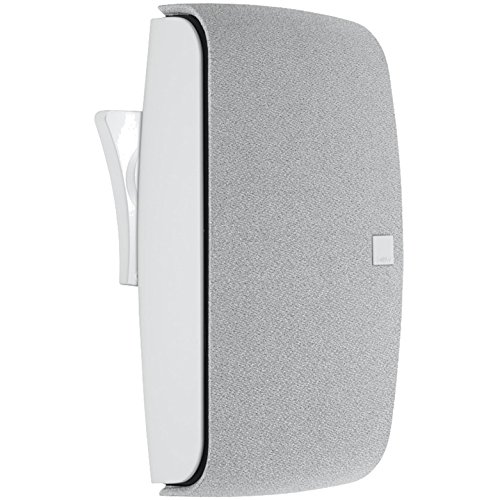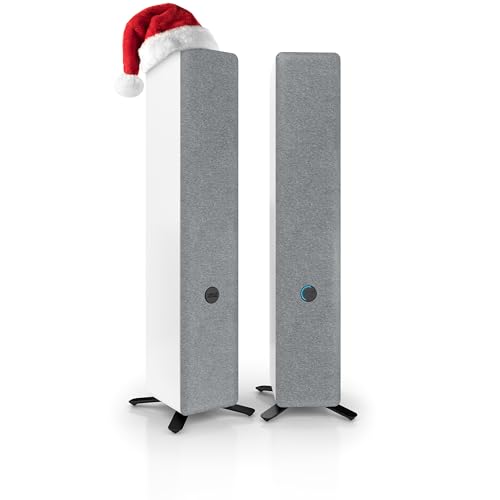dipole-Speaker:
Loudspeakers, designed to create a diffuse sound image the sound in a given Beam angle out of phase to the front and to the rear. Common working principle for loudspeakers for surround and back surround operation.
Bipole speaker:
Loudspeakers, which emits the sound in two opposite directions at the same time. This will be in front of and behind the Loudspeakers, which is to be positioned to the side of the sitting position, a diffuse one sound field generated, which is extinguished in the central axis, whereby the Loudspeakers cannot be located.
Bipole and dipole can look the same on the outside. Dipoles are quieter than bipoles. In practice, only the term dipole is used, and this is also the case in the following explanations.
Other speaker types:
Direct emitters: These are most of the normal ones Loudspeakers, they emit in a directed manner, and developers often have the ideal of a punctiform sound source with all-round radiation in mind.
Floodlights: Like electrostatics, magnetostats (quad, audiostatic, magneplanar) work as a dipole with a sharp central axis (pressure to the front, negative pressure to the rear, therefore dipole).
dynamic Loudspeakers: With cone in the bass and dome in the treble they have a more forward-oriented radiation, if you put the same to the rear Loudspeakers on, the radiation becomes Bipolar.
Importance of dipole speaker in home theater:
In home cinema surround use, dipole loudspeakers are often used to create a diffuse sound image in the surround area of the home cinema room. The radiation angle of the two built-in systems differs depending on the dipole type.
In the surround sound image of the home cinema system, dipole loudspeakers create a greater width and a higher tonal density. If it rains in a scene, the auditory system should perceive the rain as if it were actually raining all over the room. The same applies to typical surround scenes such as street or battle scenarios. The surround sound backdrop appears more complete with dipoles and the number of annoying sound holes is reduced.
Only dipole loudspeakers must be mounted to the side of the seat - due to the system. This Loudspeakers are already designed for indirect sound radiation. With THX-compliant speaker sets, rear speakers with a dipole design are the norm.





















